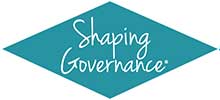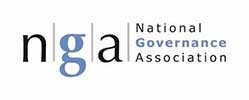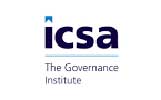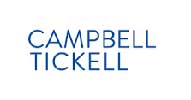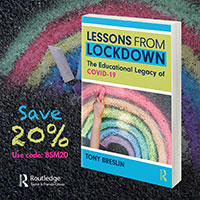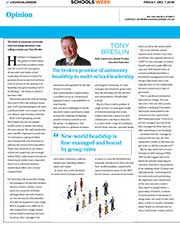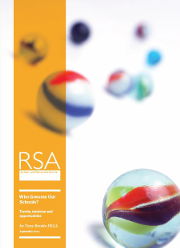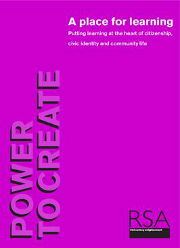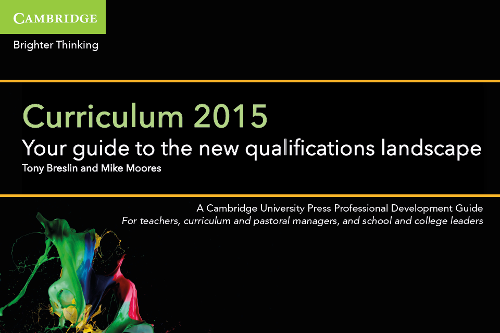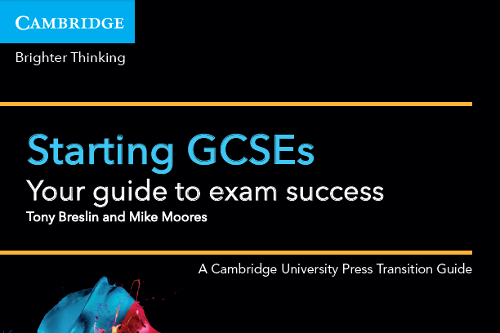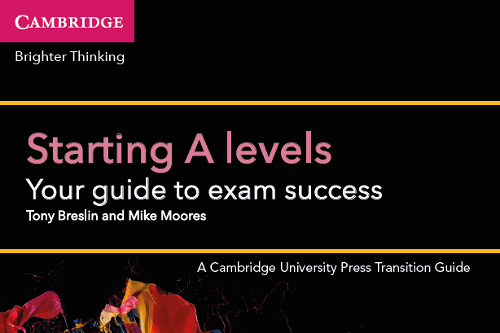












Of 268 executive directorships across the FTSE 100, only 26 (9.7%) are held by women
WISE, 2018

"How we exercise governance in our corporations, our hospitals and schools, and our charities is too important to be left to chance"
Cosette Reczek
Permuto Consulting
Transform Governance is a joint venture between Breslin Social Impact and Permuto Consulting
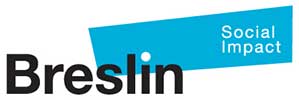

Need consultancy support? We have access to a range of specialists across sectors, across functions, and across the UK and beyond. Contact us to explore possibilities.
Lessons from Lockdown: key challenges in supporting the needs of able learners
Friday 11th December 2020

Headline writers, media pundits, parents and politicians may not agree on many things but on one aspect of lockdown they are united: the closure of schools is the lockdown strategy of last resort. Notwithstanding the growth in home schooling, evidence of a new relationship between the home and the school, and a new embrace for online pedagogies, few in education would disagree. However, the assumptions that underpin this unity need to be unpicked, and the experience of learners explored, if we are to learn some of the most important lessons of lockdown.
Based on conversations with over one hundred pupils, parents and professionals in special, primary and secondary schools, my new book, Lessons from Lockdown: the Educational Legacy of COVID-19, is an attempt to capture these experiences, and the emergent reality is much more nuanced than the headlines suggest. In respect of supporting able students, I identify here three themes that I believe are especially pertinent and elaborate on these below.
1. The need for curriculum catch-up varies enormously within and between schools, and between individual students
Behind the widespread panic about school closures – whether that be close to total, as was experienced in the spring and summer or ‘bubble by bubble’ as it has been since September – lies the assumption that children have been ‘missing out’ and missing out, in particular, on curriculum content. This fear of missing out – and the consequent need to ‘catch-up’ – sits at the heart of many media headlines and politicians’ pronouncements. There can be no doubt that some children have missed out enormously, and that the socio-economically disadvantaged and those living in challenging domestic circumstances have suffered most. Nor can it be denied that those in examination cohorts have had to navigate their courses through a choppy and much varied landscape, and here the variability of experience is the critical issue. Since the stuttering re-openings of first June and then September, no two schools in the same locality have had the same route from lockdown. But claims of a universal educational Armageddon are wide of the mark. In this mix, and in almost every setting, some young people have prospered: the children who have blossomed as a result of the previously scarce family time afforded to them, those who have valued the freedom of home-learning, those who have enjoyed pushing on through an examination specification at their own speed and have consequently gained ground. In this regard the re-introduction to school of these ‘lockdown-thrivers’, as I identify them in Lessons From Lockdown, is not without its challenges, especially when the ‘disaffected-able’ form a part of this cohort.
Against this background, the smartest ‘catch-up’ strategies have started with diagnosis of need, not its presumption, and proceeded to offer highly personalised support that is particular to the learner, the group and the bubble. This, of course, is strongest when it is informed by exactly the methodologies modelled by those working either with the most able or those facing particular learning challenges.
2. The social purpose of schooling has been underlined as never before
Whatever the challenges of curriculum ‘catch-up’, what might be termed social catch-up is far more complex. But, if this challenge is not addressed, it will feed through into reduced wellbeing and lower educational attainment. The reason for this is straightforward: inclusion is not the poor relation of attainment; rather, and especially for those young people at either end of ability and motivational ranges, it is the pre-requisite for educational success, howsoever measured. Provided that we have the resources (a pretty big ‘provided’), we have the skills and the knowledge, especially within networks such as that provided by the NACE community, to advise on and deliver curriculum catch-up: booster classes, revision modules, targeted interventions, personal study plans and so on. Not so, social catch-up: how do you address the gaps left by virtually a year without play dates for the seven-year-old, or by several months of those evenings and weekends usually spent with friends, often not really doing anything, as a teenager?
In short, whatever the educational purpose of schools, their social (not to mention the socio-economic) purpose has been underlined by the pandemic, and with it the vital contribution that this makes to the development of the young. It may be time to give far more status to the social purpose of schools and to appraise their success against a much broader scorecard. At risk of repetition, wellbeing is not a nicety to be considered after good grades have been assured; it is the foundation block on which achievement rests.
3. The challenge lies not in getting back to where we were, but to deciding where we want (and need) to go
Towards the close of our focus group and interview-based discussions, I posed one key question: what can’t you wait to get back to, and what can’t you wait to leave behind? Highly structured systems (or ‘total institutions’ as Erving Goffman termed them over fifty years ago) tend to reproduce themselves over time and are remarkably resilient of change. The military, hospitals, prisons, our public service bureaucracies and, of course, schools, are such institutions. Their tendency is to maximise the feeling of change while minimising its impact. How else might we explain why generations of educational reform have delivered a curriculum that still mirrors that offered in the post-war schools of three-quarters of a century ago? Why else might we have overseen the building of a swathe of new schools at the turn of this century constructed on the exact template of their predecessors? Highly structured organisations such as schools (and there is no doubting the need for such structure) usually change only as the result of a profound system shock. The pandemic has provided just such a shock; so, the question is straightforward, even if the answer is far from simple: where do we want and need to go from here, and how are we going to get there?
Schooling will be different after all of this. As a profession, and as a community of interest – one particularly committed to identifying, supporting and unlocking potential in able children – we need to ensure that we work with colleagues, and their specific communities of interest, to shape the schooling of the future. If we don’t, it will surely be done for us, and to us (again).
Tweet Share on Facebook